Indepth: Influencer marketing in an era of fake followers, bots, lack of faith – Pt 1
Unilever created quite a stir in June this year in the influencer ecosystem by demanding that the influencer marketing business clean up its act. The global conglomerate called for greater transparency. Speaking at Cannes Lions festival this year, Keith Weed, CMO, Unilever, declared the Group would refrain from working with influencers who bought fake followers or used bots to hype up their accounts.
The prevalence of fake followers and use of bots is a wake-up call for marketers at a time when spends on the influencer market are on the rise. To address the issue of fake followers, earlier this month Twitter undertook a purge operation wherein it started removing accounts not included in its reported metrics and accounts locked for suspicious activities. This has resulted in a drop in the number of effective followers of social media influencers and hampering their reach.
With this call to action by the industry, it has become necessary to check if the underlying assumptions about influencers and the value addition they bring to a brand come from the right place. Social media metrics that largely rely on numerical statistics to gauge the reach of an influencer, such as likes, follower count, and numbers of views is a poor way to gauge quality of engagement. What has emerged from industry conversations is the quality of followers that an influencer has.
The popularity of an influencer can largely be chalked up to the fanatical support of a select target audience who are in continual contact with the thoughts and actions of the influencer. Unlike celebrities, influencers rarely lead separate lives in reality and on social media. Popular engagement platforms such as Instagram and YouTube that feature storytelling formats such as Vlogs and Insta stories create a far more powerful shared sense of intimacy between the followed and the followers. It is not surprising that influencers get far less flak for saying controversial things on their social media handles compared to the scrutiny placed on celebrities.
Giving his observations on influencer marketing, veteran adman and Former ED & CEO of FCB Ulka, Ambi Parameswaran, said, “Influencer marketing is something that has gained currency largely because the so-called ‘Influencers’ have their own following and fans. So, they are seen as more credible by the more socially aware consumers. The challenge now facing brands is that many of the influencers are gaming the system by inflating the number of followers they have. They do it by various means and it is likely that a large number of the followers are bots sitting in click farms.”
According to Parameswaran, “The way out of this mess may not be so simple since brands need to harness content marketing and influencer marketing more and more in an era of hyper-media-fragmentation. So what should brands do? For a start, it may be good for brands to get the high cost influencers to give a better description of their followers. If possible, they should help the influencers to clean up their follower base and may be even poll them and study them.”
“Influencers should also be asked to put out the kind of endorsements they are doing and planning to do. Indiscriminate endorsement of messages will erode credibility. So what is the balance the influencer is planning to maintain? One sponsored message for three original [in the old days we used to call is ad to edit ratio.]”
The Upside
Industry experts are united in their views when it comes to the advantages that influencers bring to a brand’s engagement. Today, brands across sectors as varied as BFSI, automobiles, fashion & lifestyle, e-commerce, BPOs, technology and consumer durables are using influencers for their campaigns.
According to N Chandramouli, CEO, TRA Research, “Trusted influencers do exert a very high influence over their real fans. Influencer successes translate into brand successes and a consistent, non-controversial influencer is a brand’s best friend. If the messaging is used subtly and without being blatantly promotional, brand will gain more than they see on the face of the influencer’s promotion. But brands are greedy, they are used to getting maximum brand ‘noise’ for the money they spend – and often insist on in-the-face influencer promotions. The influencers must counter this force and be ready to refuse brands which force such conditions on promotions. Influencers must maintain trust of their fans at all costs – that must be the only criteria for them to choose which brands to promote.”
Vijay Subramaniam, Founding Partner and Co-CEO, Kwan, believes that in a country like India, where celebrities have always played a key role in defining pop culture, the role and involvement of influencers in brand communications is becoming exceedingly important. They amplify the brand communication and ensure that it reaches and resonates with the intended audiences. Because of the strong engagement that they have with their core viewer base, influencers can also help in significantly raising brand salience and mindshare. This differentiation that influencers bring to the table is why brands piggyback on their success to initiate and sustain deep, meaningful engagement with their target audiences. A good creative idea with the right influencer mix is therefore always a win.
Chirag Gander, Co-founder, The Minimalist, noted, “Working with influencers presents an opportunity to increase the visibility of the brand outside of the brand’s target market. When influencers use the products of the brand, the product becomes aspirational, the bandwagon effect follows, and before we know it, more and more users aspire to use the product being used by the influencers. Apart from this, it also helps gain more user interaction and natural conversation about the product which in turn helps boost the organic image of the brand.”
“Most fundamentally, the influencers design creative and unique content as they have a deeper understanding of the platform and their viewers’ preferences. This, in turn, generates more engagement and a better understanding of the brand messaging,” observed Vandana Sachdev, Founder & COO, Buzzone.
The Challenges
A right fit between the influencer and the brand is the primary challenge mentioned by the industry experts. Besides, given the stiff competition, sometimes influencers resort to unethical practices like paying for fake followers.
The Minimalist’s Gander elucidated, “The preeminent challenge we face is when the influencers do not fully match the value set and requirements of the brand that they portray. This results in not only a loss of resources, but also seems to be a failed attempt at using an influencer to market the brand’s product. Apart from this key challenge, costing has always seemed to be a concern that remains a part of working with influencers. Today, influencers even charge from $1 million to $2 million for a single Instagram post and getting the capital to fulfill these demands can impose difficulties. Finally, we find that certain content that influencers generate are too specific and not sustainable to reuse. In this case, the robust nature of the content becomes too specific, making brands lose out on possible influencer based activities.”
Given the high stakes involved, the competition to be an influencer is too stiff, and the lure of the monetary benefits much too great to ignore. Chandramouli pointed out that sometimes influencers are guilty by commission – they can be unethical and subscribe to buying followers/ like. Other times, they are culpable by omission as they do not scrutinise how their managers are getting them high likes, etc. He cautioned, “If a brand associates with influencers who indulge in unscrupulous practices by omission or commission, the brand too can get tainted through untrustworthy associations. Influencer real life actions also impact brands. It has happened many times, when brand fans turn inimical to the brand based on the brand influencer’s actions. An influencer and the brand are joined at the hip in a way.”
Buzzone’s Sachdev noted that the influencers aren’t restricted to only one brand, which evades exclusivity of the brand messaging. She also felt that occasionally some of the influencers lacked professionalism in terms of abiding by the timelines and did not provide a fixed cost.
On the other hand, Subramaniam of Kwan said there were no real limitations when it came to working with influencers. “You can use them to initiate conversations about the brand on social media, you can get them to promote the brand through original content, or you can use their celebrity status for a promotional creative,” he added.
The one challenge, according to him, was that when it came to influencer marketing, one needed to ensure that the influencer’s persona did not overpower the underlying brand message. He remarked, “You don’t want to be in a situation where people remember the celebrity and not the brand; it defeats the entire purpose of the marketing exercise. This is why it is critical to find that perfectly-balanced sweet spot in the mix of the creative idea and the influencer.”
Finding the Right Fit
According to Gander, influencers are the key figures in society who not only have the ability to influence crowds, but also resonate the values of the content or brand that they work with. “So, the key aspect that we look for in an influencer is the degree of trust that the people share with this person because ultimately, he/she becomes the face of the brand and if people trust the person promoting it, they tend to trust the product more. We also look for leadership instincts in an influencer as the crowd tends to follow what he/she does, making the influencer’s actions important for the brand. Even though these are some of the qualities we look for in an influencer, ensuring that the brand and the influencer gel in perfect harmony is of paramount importance,” he pointed out.
But finding such a fit is easier said than done, as Gander highlighted, “Often people misunderstand that influencers can only be from the film or the fashion industry when in reality influencers can be people from all walks of life. Consequently, the number of influencers in the industry has also risen, increasing the possible pool to choose from. Amongst this vast group, it becomes difficult for us to choose the influencer that goes best with the tonality of the brand itself.”
To this, Subramaniam added, “It depends a lot on the approach. We have influencers available in literally all genres of pop culture, be it entertainment, comedy, music, cooking, films, fashion, or sports. But how good a fit the association is depends entirely on how well you are able to marry the purpose with the individual. Like any other discipline of marketing, clearly defining the creative idea, problem statement, and outcomes holds the key to a successful influencer association. As long as that is achieved, marrying influencers to the brand is not a challenge.”




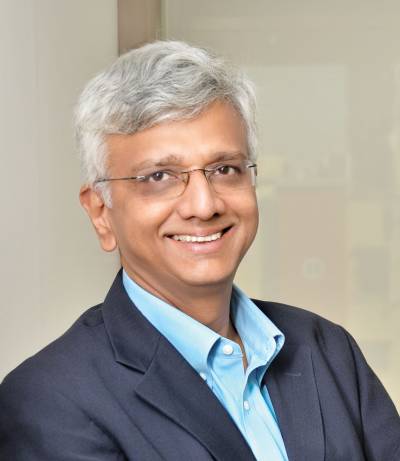





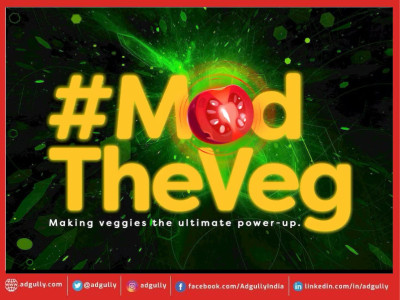


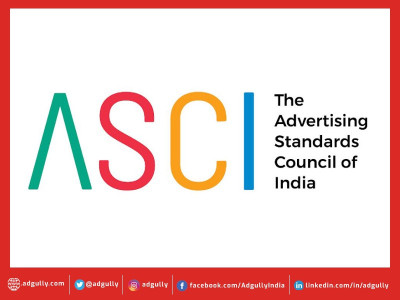



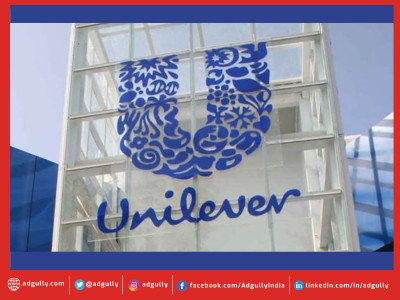

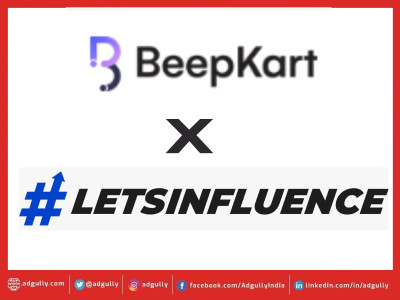



Share
Facebook
YouTube
Tweet
Twitter
LinkedIn